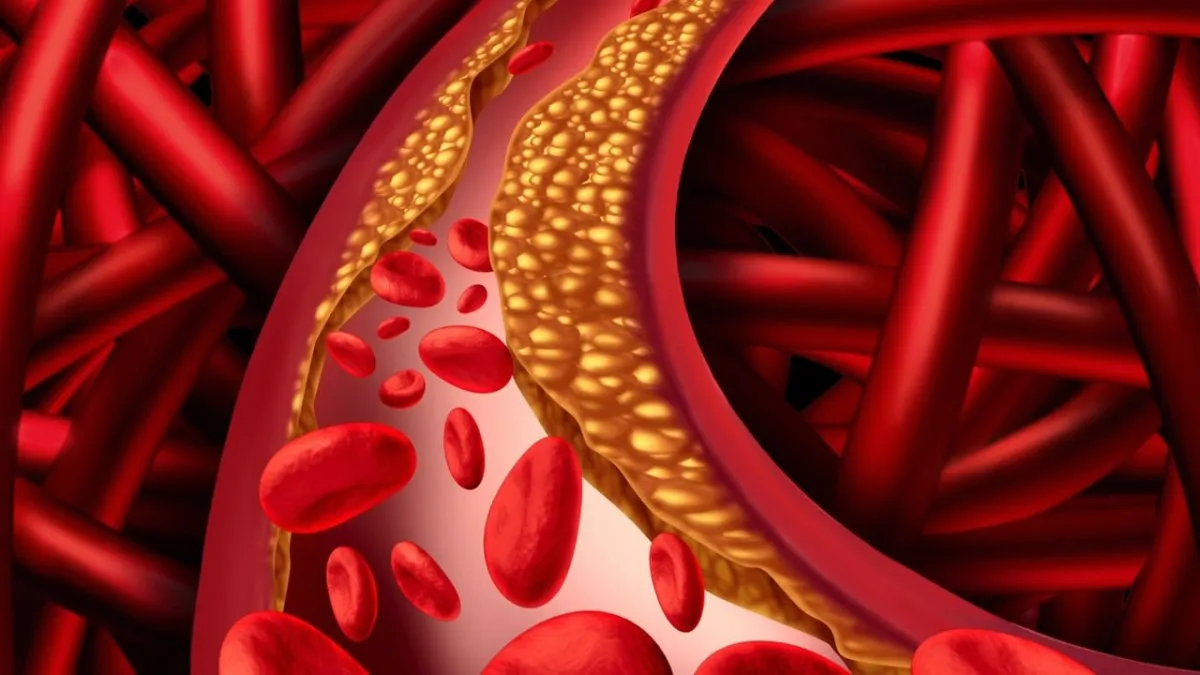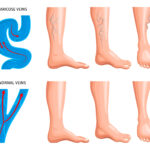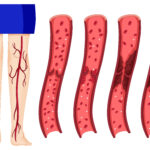Peripheral artery disease, or PAD, is a circulatory condition that affects a significant population worldwide. It occurs when plaque build-up narrows the arteries, restricting blood flow to the limbs, which commonly include the legs. Calcium is a major mineral that plays a vital role in metabolism and other physiological mechanisms. It is crucial for nerve signalling, the development of bone and muscles, and maintaining an average electrolyte balance. Alongside being an essential electrolyte, it is also a lesser-known contributor to PAD. Calcium deposits can lead to PAD through many pathways. Vascular Calcification is one of the major causes of PAD.
What is Vascular Calcification?
Vascular Calcification is characterized by the deposition of calcium phosphate crystals in the blood vessels’ walls. It leads to the stiffening and loss of elasticity in the blood vessels. Calcified plaque is deposited over the walls of the arteries, reducing the blood flow. It further increases the risk of plaque rupture, resulting in blood clot formation. This can additionally lead to cardiac arrest, stroke, and acute limb ischemia.
Types of Vascular Calcification
Vascular Calcification has two primary types based on Calcification’s location over the vessels’ walls.
Intimal Calcification: This type occurs in the innermost layer of the artery (intima) and can be associated with atherosclerosis.
Medial Calcification: It occurs in the middle layers of the arterial wall and is termed tca media. It is mainly seen in large arteries such as the aorta.
Risk factors
- Age
- High levels of LDL
- Diabetes
- Chronic kidney disease
- Smoking
- Hypertension
Symptoms related to calcium-deposited PAD
- Claudication
- Coldness in the legs
- Numbness and tingling within lower limbs
- Sores and poor wound healing
- Skin discoloration
- Diagnosis
Calcified plaque or vascular Calcification can be detected by diagnostic tests such as ABI, Ultrasound, and CT scans.
Management of PAD caused by Vascular Calcification
Managing vascular calcification involves identifying the underlying risk factors and using tailored therapies to stop the development of calcification. The following are the approaches that can be used in management.
Medications: Medications such as phosphate binders, calcimimetics, and bisphosphonates are used to manage vascular Calcification, specifically in patients with CKD. These medications help regulate the metabolism of minerals and reduce calcium and phosphate levels in the blood.
Lifestyle Modifications: Diet and lifestyle changes include phosphate intake, controlling blood sugar levels, and managing hypertension.
Surgical Interventions: In extreme cases, surgical procedures like angioplasty and stent placement can be necessary to restore blood flow in calcified arteries.
Calcium deposits can cause PAD through different channels and causes. Understanding its risk factors, symptoms, and clinical impacts is crucial for developing effective treatment plans to manage PAD accompanied by calcium deposition.




